Tag: ARTIST
-

Color Theory Lesson: Avoiding Black for Shadows
Think about how much is truly black in nature. Shadows are not simply black nor a darker version of the color of the object. They contain the complementary color of the object. Take, for example, the shadow on a yellow object. If you mix black and yellow, you get an unattractive olive green. Instead of using this […]
-
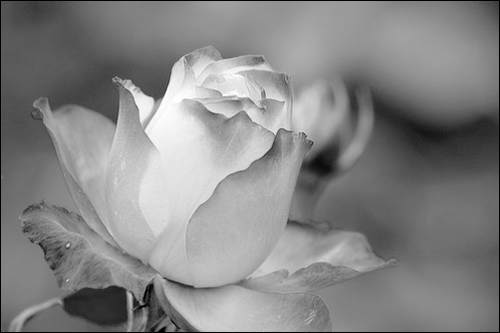
Color Theory Lesson: Using Black and White
While it may seem logical that to lighten a color you add white to it and that to darken it you add black, this is an oversimplification. White reduces brightness so although it makes a color lighter, it removes its vibrancy. Black doesn’t so much add darkness as create murkiness (though there are instances in […]
-
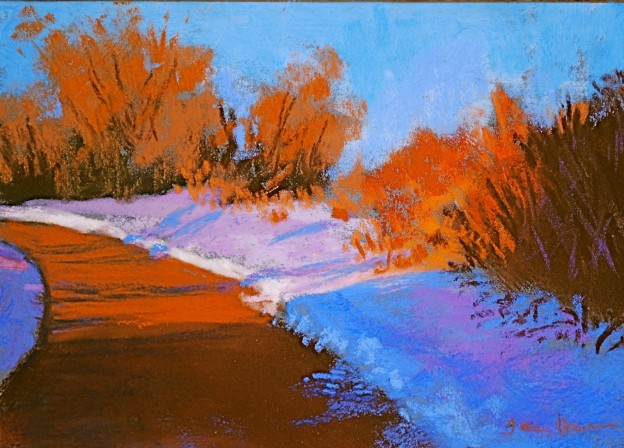
Complementary Colors
The complementary color of a primary color (red, blue, or yellow) is the color you get by mixing the other two primary colors. So the complementary color of red is green, of blue is orange, and of yellow is purple. What About Secondary Colors? The complementary of a secondary color is the primary color that […]
-
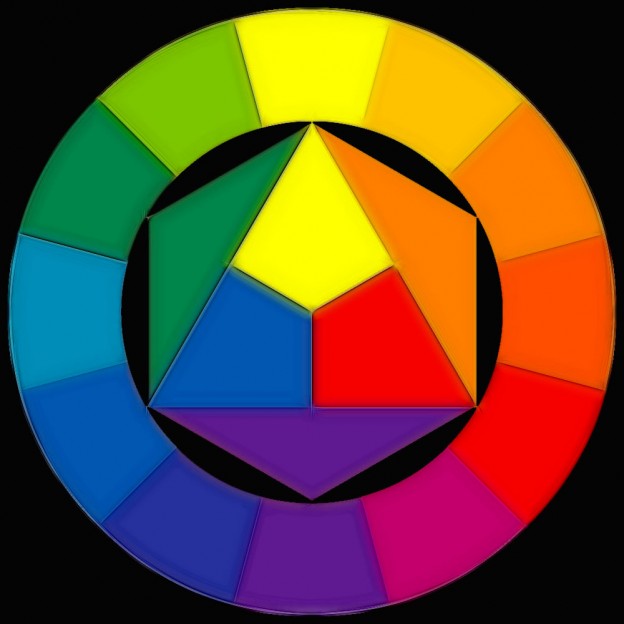
Tertiary Colors
Browns and grays contain all three primary colors. They’re created by mixing either all three primary colors or a primary and secondary color (secondary colors of course being made from two primaries). By varying the proportions of the colors you’re mixing, you create the different tertiary colors. What’s the Easiest Way to Mix a Brown? […]
-
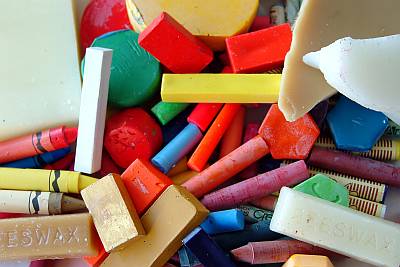
Mixing vs Buying Ready-Made Colors
Color mixing gives you a range of colors with a minimum number of tubes of paint (very useful when painting outside your studio). If you’re using a lot of a certain color, you’ll probably decide it’s easier to buy it in a tube rather than mix it up again and again. But you’ll find that […]
-
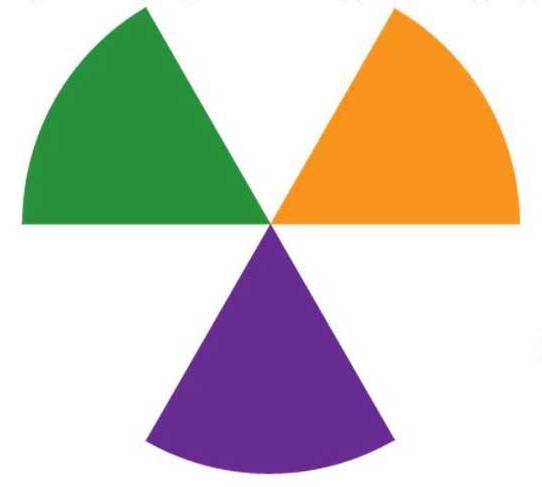
Secondary Colors
Secondary colors are made by mixing two primary colors together: red and yellow to get orange, yellow and blue to get green, or red and blue to get purple. The secondary color you get depends on the proportions in which you mix the two primaries. If you mix three primary colors together, you get a […]
-
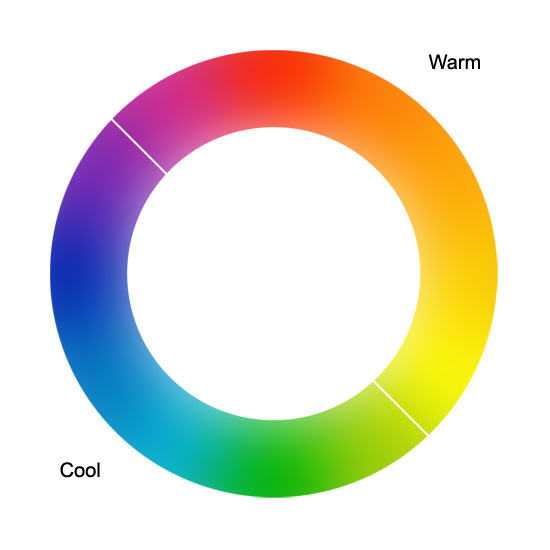
Warm and Cool Colors
Every color has a certain bias towards what’s called warm and cool. It’s not something that’s overwhelming; it’s subtle. But it’s an important element in color mixing as it influences the results. As a group, reds and yellows are considered warm colors and blue a cool color. But if you compare different reds (or yellows […]
-
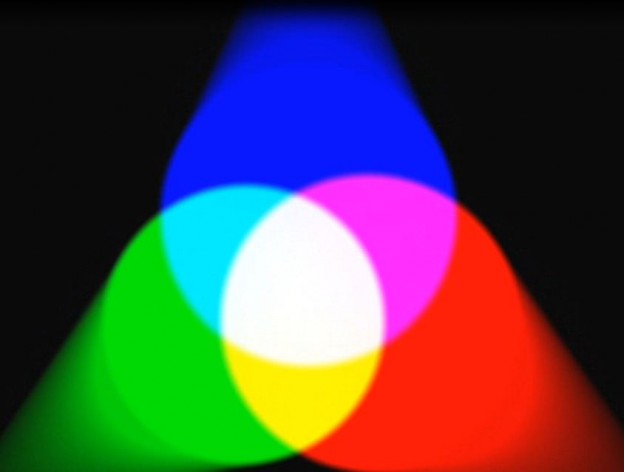
Color Theory Lesson: The Three Primaries
In color mixing for painting, the fundamental rule is that there are three colors that cannot be made by mixing other colors together. These three, red, blue, and yellow, are known as the primary colors. What Happens When You Mix Primary Colors? If you mix two primaries together, you create what is called a secondary […]
-
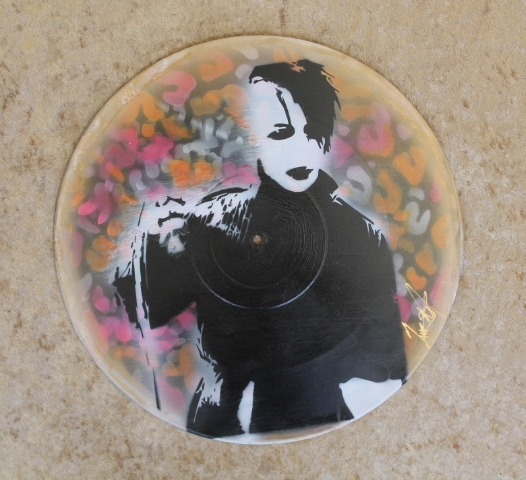
Increasing Productivity as a Painter
To make life easy for your while you are painting with watercolours or acrylics, ensure you have plenty of water containers. Most people will have one or two. Have six or eight filled up so you don’t have to stop to get clean water. Collect takeaway containers to use or old large bottles. For palettes, […]
-
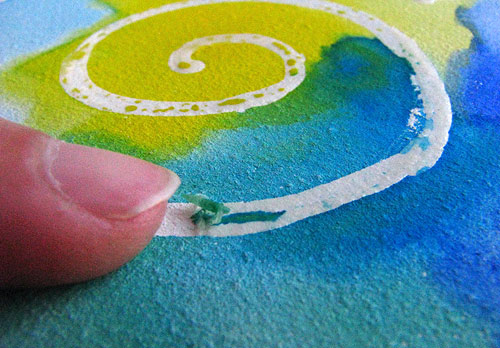
Watercolor Painting Tips for Using Masking Fluid
To apply frisket, I use a plastic dental toothpick shaped like a not-quite-right-angled “L”. I have a whole plastic container of them that I got at the drugstore. It is wonderful for applying frisket. The short “L” end can lay the frisket down in a narrow ribbon, and the pointed end is obviously useful. The greatest […]